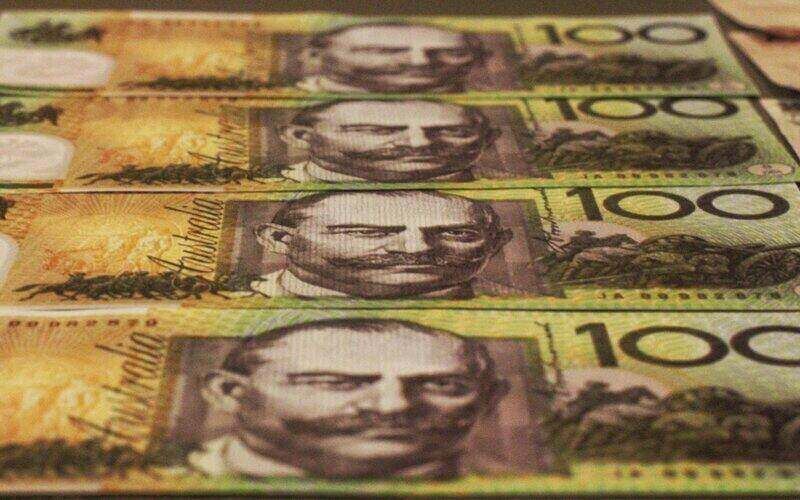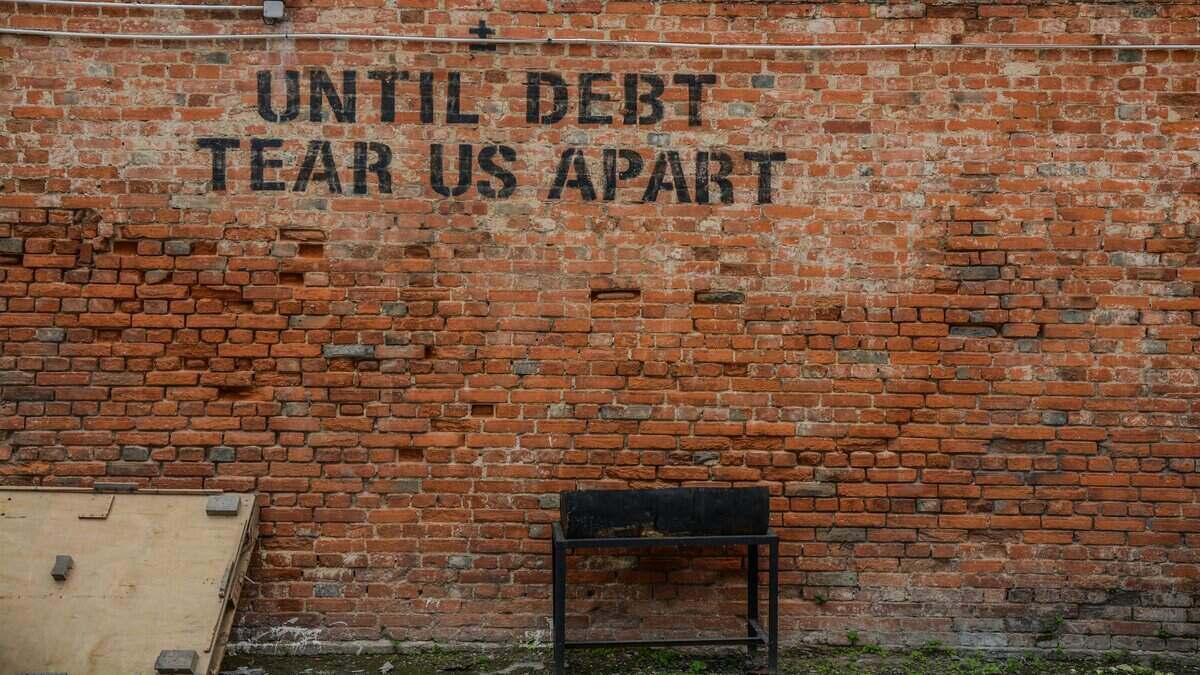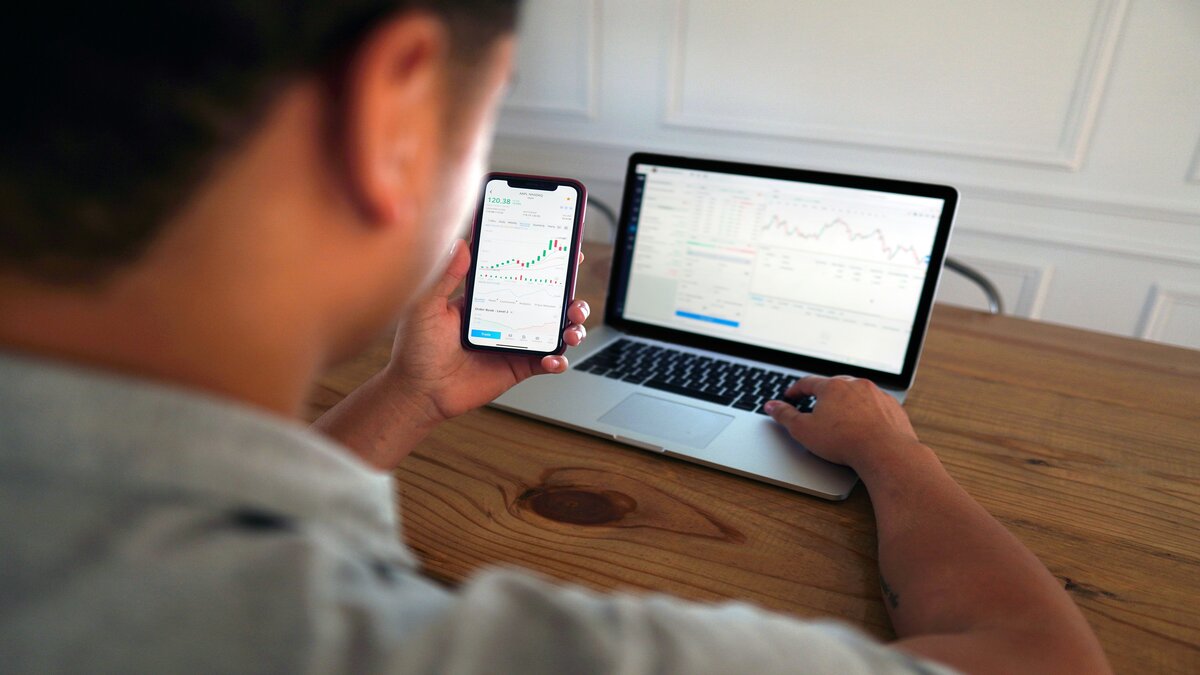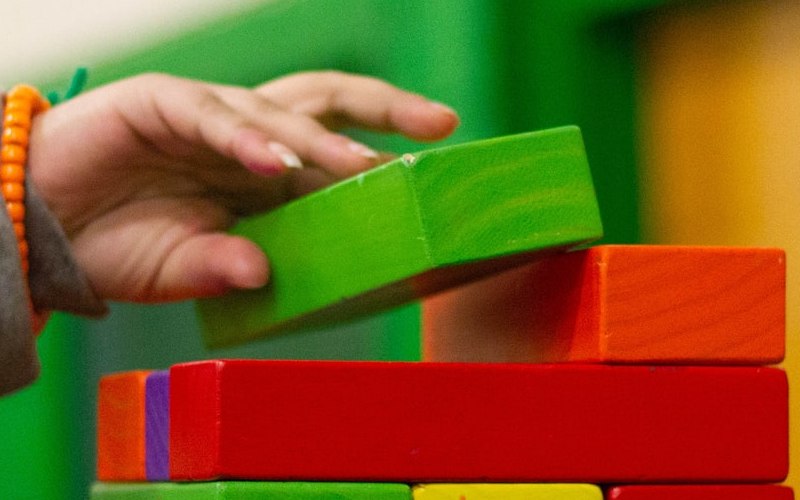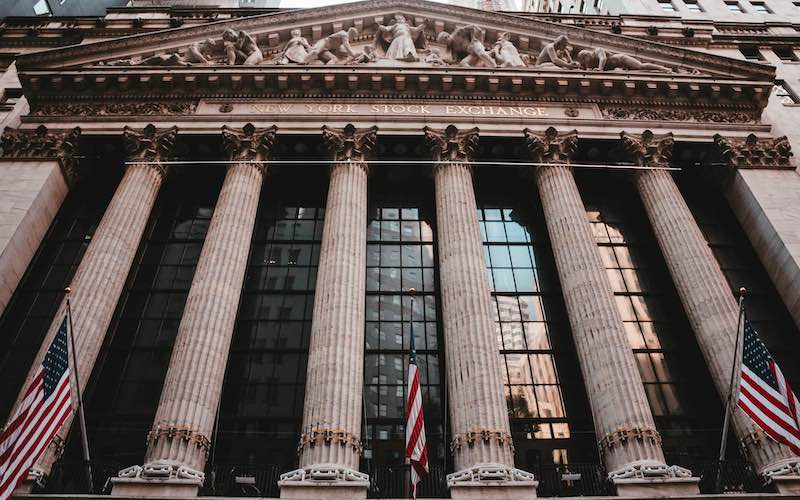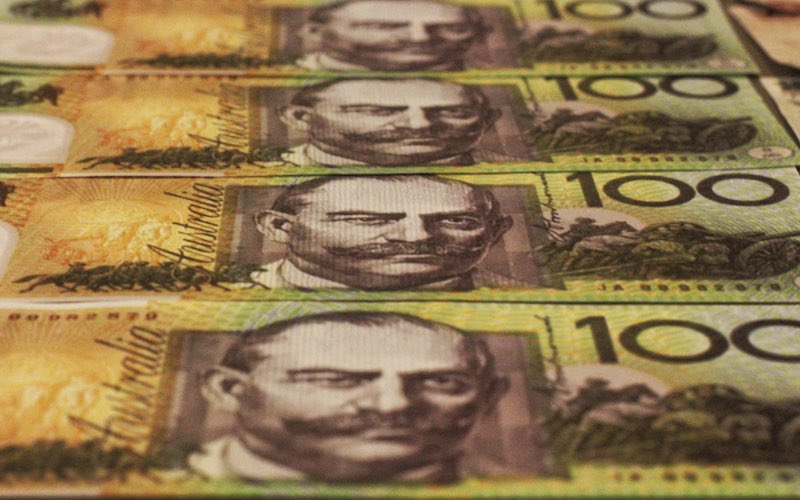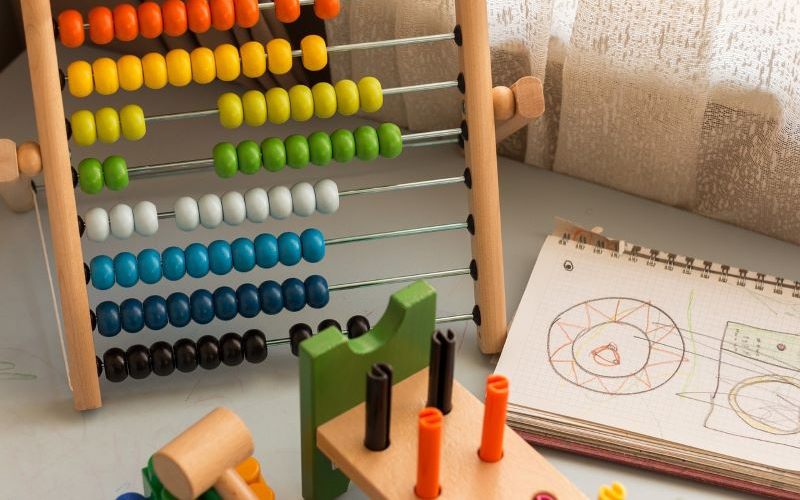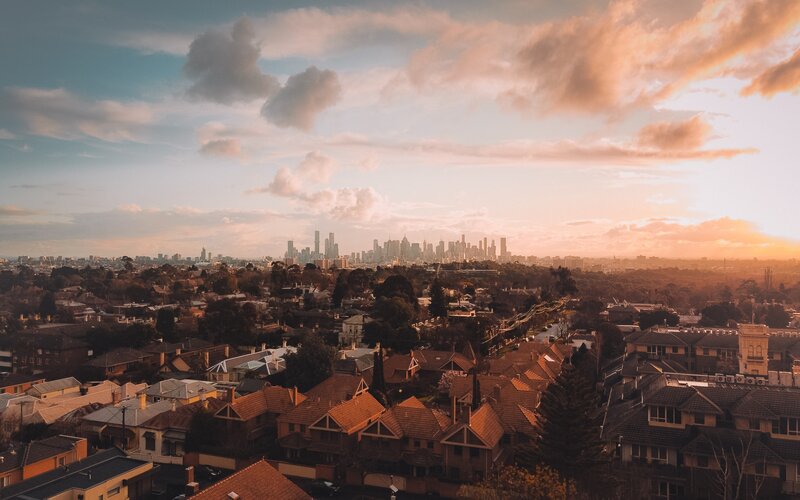ABS trade data revealed retail volumes were up 1.0% (inflation-adjusted) in the final three months of 2024, marking the strongest increase since the post-Covid recovery in June quarter 2022.
Retail volumes on a per capita basis also rose for the first time since peaking in Q2 2022, up 0.5% last quarter following the same increase in Q3.
"Per capita retail spending has risen for the first time in over two years," said Robert Ewing, ABS head of business statistics.
"The rise coincides with an easing of retail price growth and with cost-of-living relief measures," he added.
The latest Consumer Price Index (CPI) showed retail prices rose 0.4% in Q4 2024, slower compared to the 0.6% rise in Q3.
"[Monday's] data continue to support the assessment that consumption growth was improving from the trough in H1 2024 and that consumption will support some ongoing pickup in growth through 2025 with the most acute pressure on real incomes having faded," said Taylor Nugent, NAB senior markets economist.
The RBA is expected to look closely at consumer spending ahead of its monetary policy decision on 17-18 February.
Stronger consumer spending could push the Board towards maintaining rates, though some economists argue that the softer-than-expected Q4 CPI carries more weight than the latest retail trade figures.
However, the unexpected December quarter retail rebound may still prompt the policy-setting committee to proceed with caution.
"While we continue to expect the RBA to cut rates in February, the resilience in the activity side of the economy aligns with our view that the RBA will be cautious around the timing and magnitude of further rate cuts," ANZ economists said.
Tax cuts' impact on consumer spending
While the latest figures suggest consumers are spending more due to having extra cash in their pockets, economists believe the stronger spending in the latter part of the year had more to do with slower price rises than buoyant buyer behaviour.
"There has been a lot of debate about how the consumer has reacted to the stage 3 tax cuts that were implemented on 1 July 2024," noted Belinda Allen, CBA senior economist.
However, the full effect of government relief measures won't be clear until the release of the Q4 2024 National Accounts on 5 March.
This includes $300 federal government energy bill relief, as well as state-based electricity rebates, and other relief measures like cheaper registration and 50c public transport fares in Queensland.
Retail trade alone could add around 0.2 percentage points to GDP growth in December quarter.
"This would be a welcome development given household consumption was flat in Q3 2024," Ms Allen said.
"Until then we are gaining some evidence there was a pick up in retail spending activity into the end of the year driven by heavy promotional activity, easing price growth, and cost of living relief."
In its household indicator report released in January, CBA noted that average household spending out of the lift in income remained fairly muted through the year to December.
"We calculate the marginal propensity to consume out of the tax cuts was around 25% for the average household over H2 2024," the report read.
Sales events timing results in a moderate turnover decline
Turnover moderately slowed in December as expected based on recent shifts in seasonal spending patterns.
However, the 0.1% monthly decline undershot the larger pullback the market anticipated.
"Retail spending held firm following strong growth in recent months with promotional activity stretched across the quarter," Mr Ewing noted.
"Cyber Monday fell in early December and boosted spending to begin the month, particularly on discretionary items like furniture, homewares, electronics, and electrical items."
Household goods retailing (up 1.6%) posted the largest rise, marking a fourth straight month of growth.
Consumers also took advantage of last-minute sales as department stores (up 0.4%) spending was also up in December.
Food retailing rose 1% on the back of supply chain disruptions, particularly in Victoria, which saw households shift some spending away from supermarkets.
Meanwhile, the rises were offset by falls in clothing, footwear and personal accessory retailing and other retailing, which both had risen in November.
Cafes, restaurants and takeaway food services also tumbled (down 0.5%) following a 1.4% uplift the month prior.
Image by Ludovic Delot on Pexels

Ready, Set, Buy!
Learn everything you need to know about buying property – from choosing the right property and home loan, to the purchasing process, tips to save money and more!
With bonus Q&A sheet and Crossword!


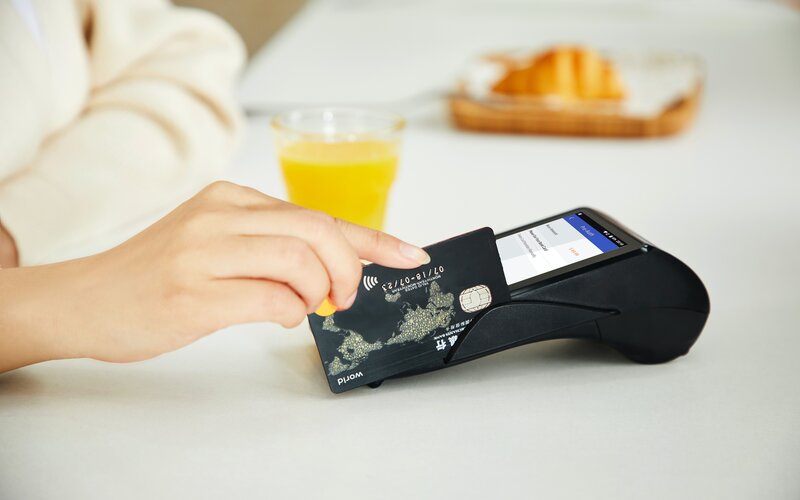
 Harrison Astbury
Harrison Astbury
 Harry O'Sullivan
Harry O'Sullivan
